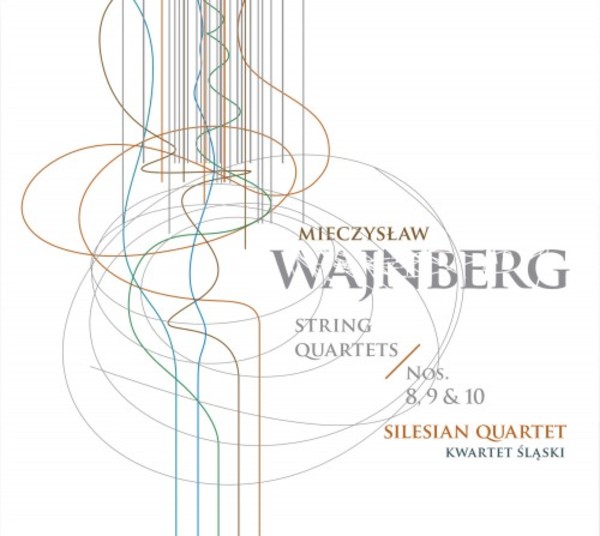
Weinberg - String Quartets 8, 9 & 10
£13.25
Usually available for despatch within 2-3 working days
Despatch Information
This despatch estimate is based on information from both our own stock and the UK supplier's stock.
If ordering multiple items, we will aim to send everything together so the longest despatch estimate will apply to the complete order.
If you would rather receive certain items more quickly, please place them on a separate order.
If any unexpected delays occur, we will keep you informed of progress via email and not allow other items on the order to be held up.
If you would prefer to receive everything together regardless of any delay, please let us know via email.
Pre-orders will be despatched as close as possible to the release date.
Label: CD Accord
Cat No: ACD241
Format: CD
Number of Discs: 1
Genre: Chamber
Release Date: 2nd February 2018
Contents
Artists
Silesian QuartetWorks
String Quartet no.8 in C minor, op.66String Quartet no.9, op.80
String Quartet no.10, op.85
Artists
Silesian QuartetAbout
These three works – Opp. 66, 80 and 85 – were composed in a period when he lived off memories, which is also evident in his choice of texts for his vocal works. His Symphony No.6 Op.79 sets Jewish and Russian poems about the war, while in The Diary of Love Op.87 he uses texts by Stanisław Wygodzki which lament the death of the poet’s daughter in Auschwitz. His Symphony No.8 “Polish Flowers” Op.83 was inspired by Julian Tuwim’s long narrative poem expressing his longing for the lost fatherland. In that period, the composer was also waiting – as noted above – for the libretto of The Passenger, whose protagonists he may well have identified with members of his own family.
No wonder then that all the quartets on this CD are composed in minor keys: those of C minor (the Eighth), F-sharp minor (the Ninth) and A minor (the Tenth). The slow movements are the longest and the most momentous. A melancholy lamentation opens the String Quartet No.8, returns in the central episode and ends the cycle. In the Quartet No.9 it stretches over all of movement three, assuming a distinctly dramatic tone. In the Quartet No.10 it makes its appearance as the opening Adagio and later as the third, penultimate section.
Error on this page? Let us know here
Need more information on this product? Click here